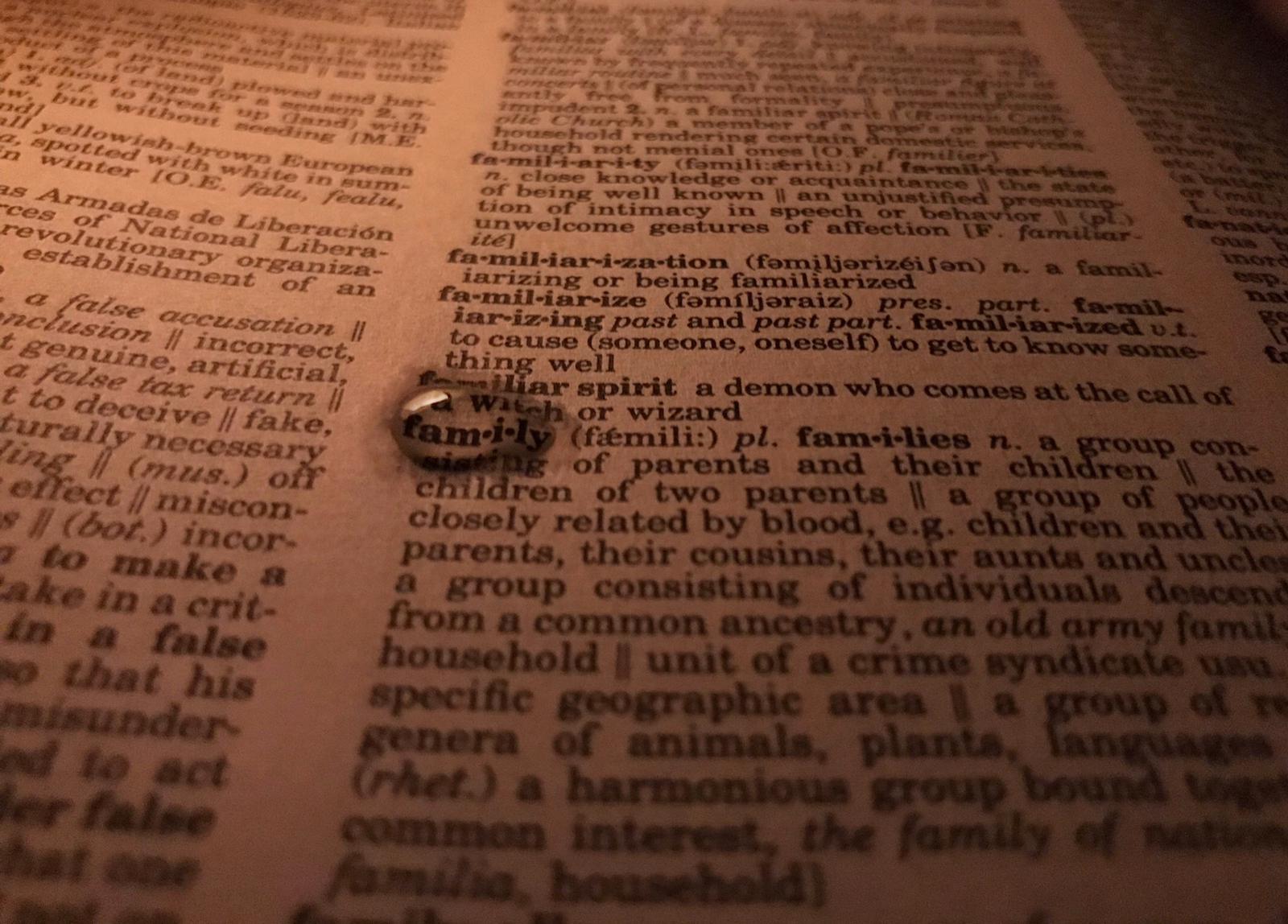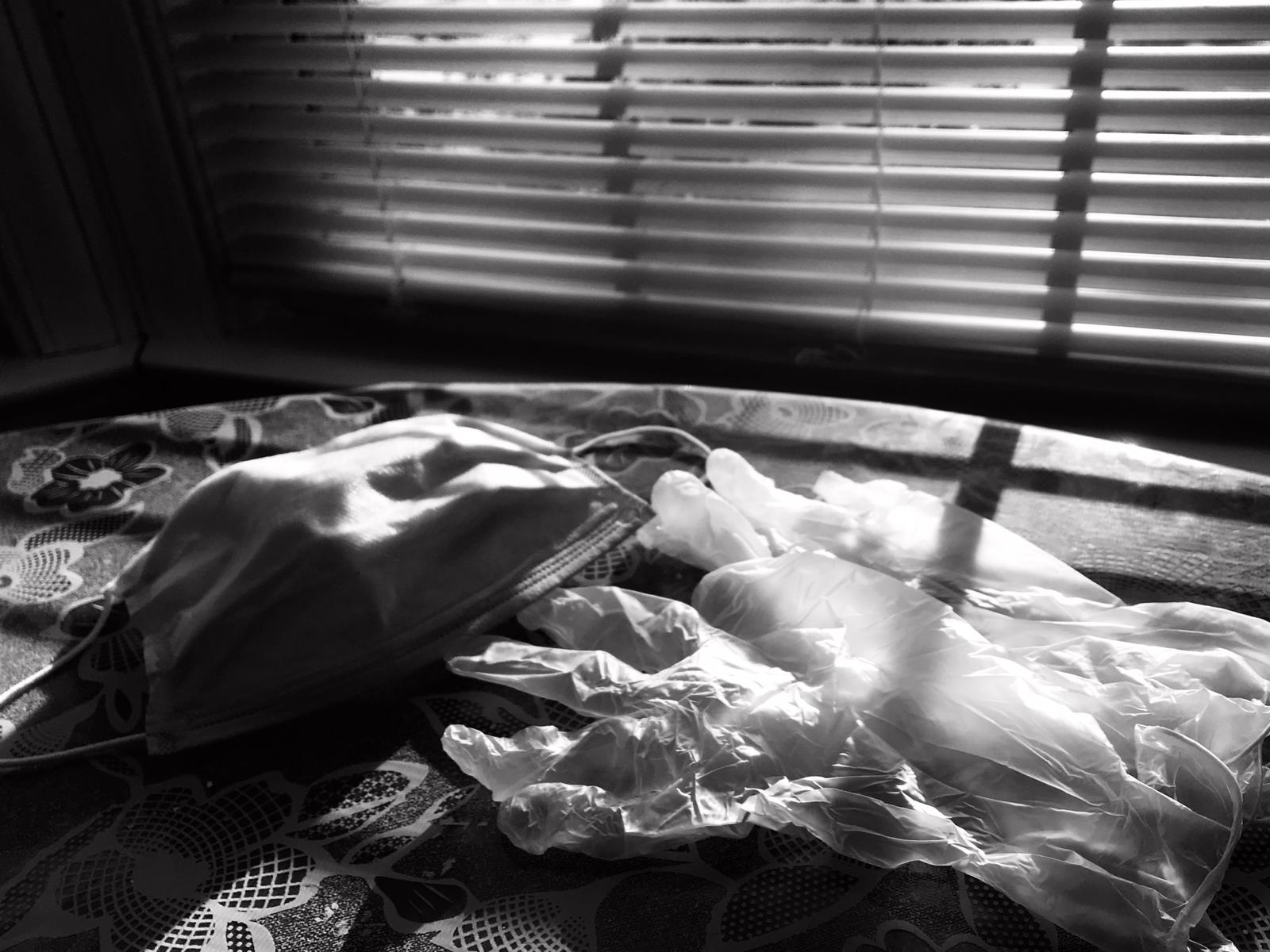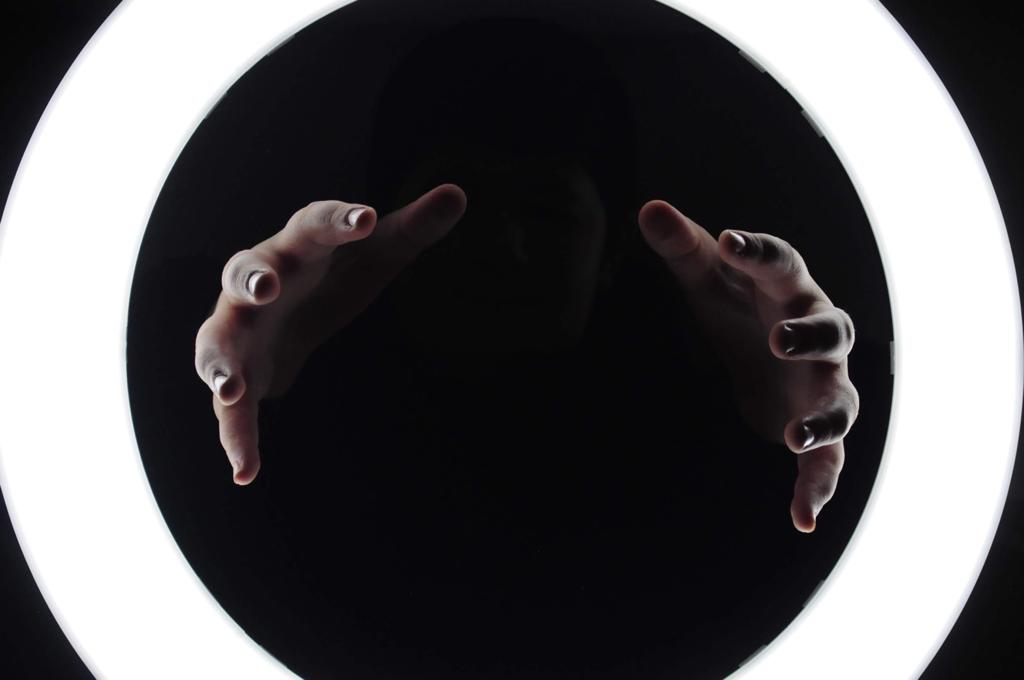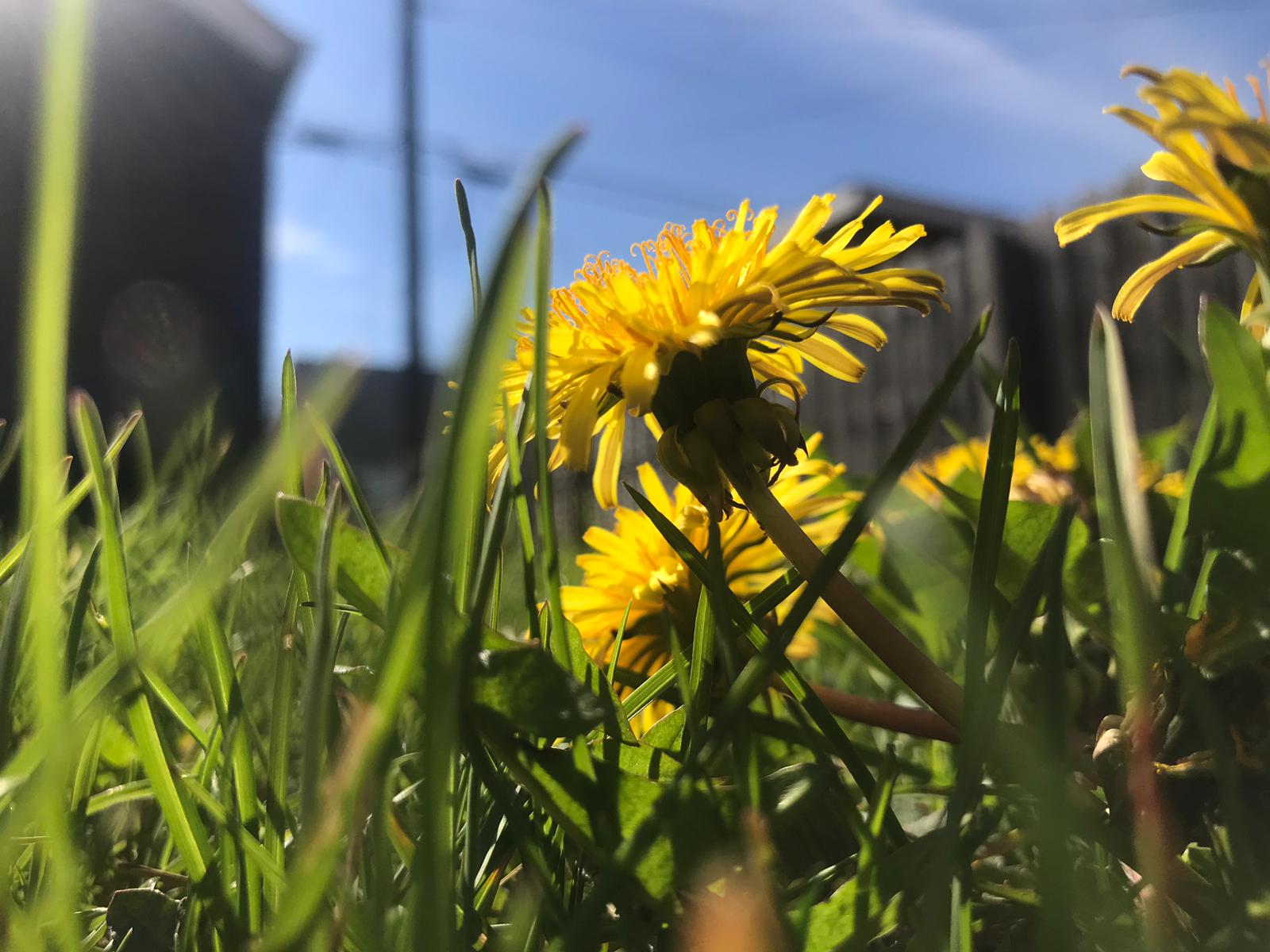Photography program helps refugee and immigrant teens cope during the pandemic
Art can be healing and therapeutic. It can help the artist explain otherwise inarticulable experiences. It can even persuade others where words fall short.
The power of artistic expression inspired the research program "Targeting Trauma-Related Disorders with Arts and Movement Therapies" out of the Stress, Trauma and Anxiety Research Clinic (STARC), directed by Arash Javanbakht, M.D., at Wayne State University.
STARC partnered with the Arab American National Museum (AANM) to provide a photovoice, art therapy-focused adaptation to the AANM's long-running photography program called SURA, an Arabic word for photograph, to female refugee and immigrant teens. The art therapy team worked with Ahmed Badr, photographer and Sura instructor, to co-facilitate the program.
"Photovoice is a qualitative method that encourages participants to take pictures from their daily lives and to reflect on their meaning and significance," said Holly Feen-Calligan, Ph.D., associate professor in the College of Education, art therapist and collaborator on the STARC project. "The goals are to represent and enhance their communities, encourage dialogue through group discussion about the photographs, and to reach policymakers."
In this case, students documented their experiences with resettlement in the U.S. through photography.
"Adolescents don't necessarily possess the same vocabulary that adults do to explain their thoughts and emotions," said Sara Nasser, a master's student in clinical mental health counseling and art therapy, and research contributor for the project.
Art therapy is a great communicative alternative.
The STARC project allowed participants to not only share these experiences with others in familiar situations, but they will have the chance to share their photos with those who may be less familiar with Syrian, Iraqi or other cultures through an upcoming exhibit.
A new perspective
Of course, the coronavirus (COVID-19) threw a wrench in the Winter 2020 curriculum. Every week, participants met at AANM. When AANM closed its doors in response to the stay-at-home order, instructors had to group-think an alternative.
Zoom became their mode of meeting and they set-up a WhatsApp chat for the girls to share everything from their photos, to short messages of encouragement and lots of emojis.
Unfortunately, the transition came near the end of the class when finals were kicking-off and families were grappling with how they'd spend Ramadan alone, Feen-Calligan said. She noticed a change in the group. Anxieties swelled about the workload and the general trauma that comes with a pandemic, but they seemed to quickly adopt a new normal. It showed in their work, she said. Tasked with photographing intimate scenes of their families in quarantine, many students pushed out of their comfort zones to capture their everydays in new ways.
Art has a way of putting things into perspective, Feen-Calligan said.
"One of the prompts was to look at a subject from a worm's-eye or a bird's-eye view. Some stress from a worm's view looks overwhelming but from a bird's-eye view, it is but a small piece of life."
Nasser fondly remembers a girl who took photos of her younger brother after using gold paint to decorate his face and write "GOLD" on his cheek. The girl explained to the group: "He makes me feel better when I'm sad and like I'm really made of gold. He gets bullied a lot, and I wanted to represent his inner layers on the outside for once."
The class has ended, but the girls still regularly chat, said Feen-Calligan, having found that core group that's keeping them grounded while in isolation.
Once AANM reopens and it's safe to do so, the students' art will be put on display for a temporary exhibit. In the meantime, a virtual gallery exhibition launches on the AANM website Saturday, June 27 at 7 p.m. (EDT).
Lana Grasser, a Ph.D. candidate in translational neuroscience who leads the research efforts of the project, said the team recently had an IRB amendment approved that allows them to use Zoom and the WhatsApp for data collection.
If there's a positive to be had in the wake of the pandemic, it's that "it has led us to become creative about how we do programming and research," Grasser said. "As we see schools go virtual this coming fall in efforts to prevent further outbreaks, we hope to partner with schools and other communities to bring virtual intervention programming and provide therapeutic coping skills in the wake of this global trauma."
Below are a few photos taken by participants of the art therapy program.



